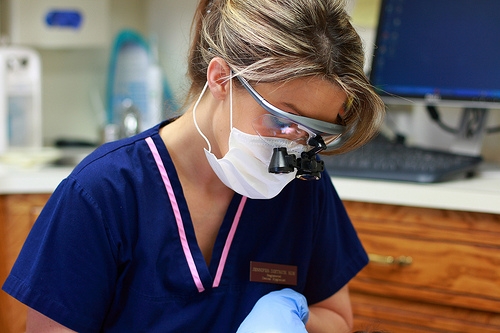Detergent Foods: Clean your teeth while you eat!
October 18th, 2023

Did you know that there are certain foods you can eat which help to clean your teeth? We call them "detergent foods." In dentistry we look at the impact of food in three ways: the kind of food, how often it is eaten, and when it is eaten. Detergent foods should be the last piece of food you consume during a meal for best results. Think of them as the closest you can get to brushing your teeth.
A healthy diet is important for oral health as well as overall health, but here are some particular foods that can help clean your teeth and mouth:
- Carrots
- Apples
- Celery sticks
- Popcorn
- Cucumbers
- Pears
- Lettuce
- Cheese
As you can see, detergent foods are usually foods that are firm and crisp. They act like scrubbers on and around your teeth and gums and bring your mouth's pH back to 7.0, which is optimal.
Which foods are the worst for your teeth?
Cookies, cakes, breads, chips, crackers, soft drinks, dried fruit, and candies (what many people’s diets are full of) provide carbohydrates (sugar) to the bacteria in your mouth causing an acidic environment and increasing the chance of cavities and decay. These foods are sticky and don't rinse easily from your mouth. Avoid letting these foods sit on your teeth after eating them.
It also depends on how often you consume these foods throughout the day. For example, if you drink soft drinks, it's best to have it all in one sitting instead of sipping it all throughout the day. Doing so causes the perfect environment in your mouth for bacteria to flourish and your saliva never gets the chance to neutralize its pH.
This is where detergent foods can come into play. When you're about to finish your meal, have an apple, celery stick, or carrot. It will act like a "natural toothbrush." Also, try to make these detergent foods the basis for snacks you have throughout the day.
Always remember, these foods are not a replacement for brushing and flossing. You still need good dental hygiene regardless of what you're eating! For more tips and tricks for ideal oral health, ask Doctors Bauer, Lawrenz, and Stark the next time you visit our Champlin, MN office!




 Website Powered by Sesame 24-7™
Website Powered by Sesame 24-7™